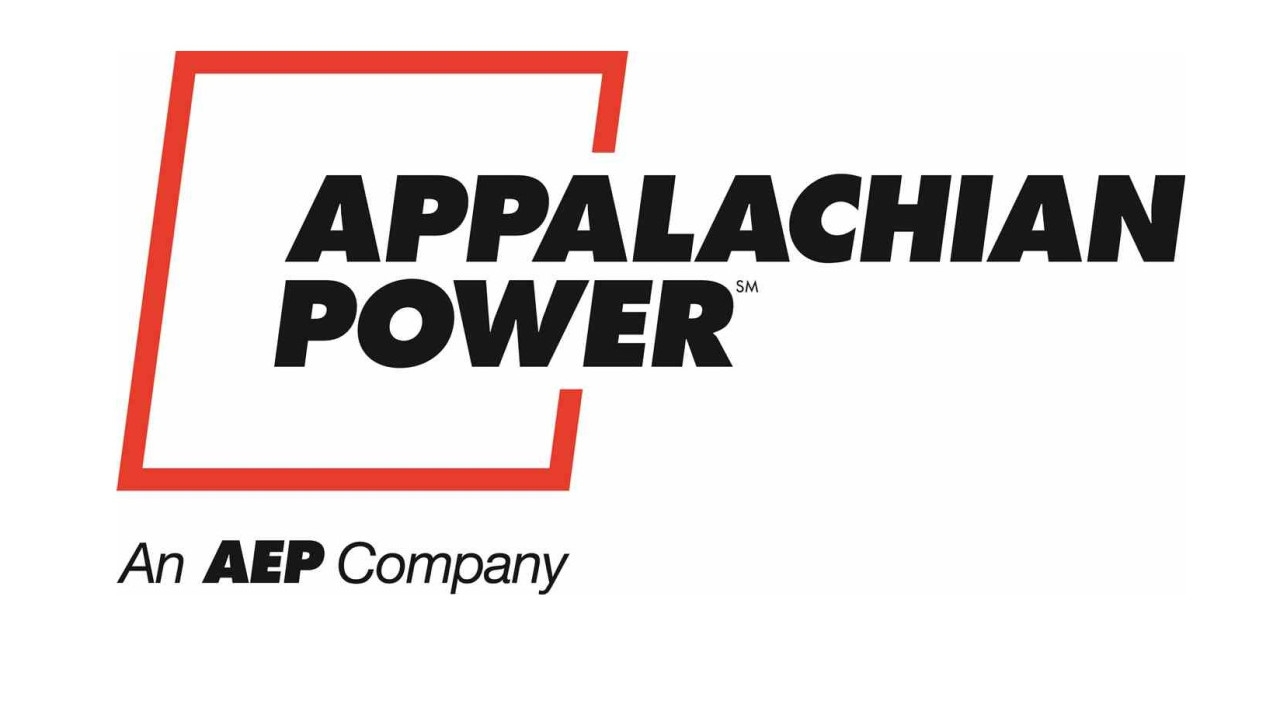Weather or Not? Weatherization Services in the NRV
May 1, 2023

As part of their IGC Capstone Project a team of Interfaces of Global Change fellows - Rebecca O'Brien, Stephanie Duston, and Brendan Shea - created a resources guide to weatherization services in the NRV area as well as suggestions for free or low-cost do-it-yourself weatherization, and other educational resources.
Weatherization Services in the NRV Area & Tips to Save Energy

Home Performance Program
This program is free and helps to assess homes from opportunites to improve energy efficiency. If using APCo contractor network, rebate-eligilbe improvements are available. Learn more.
Low Income Weatherization Program
This program is free and is in partnership with Community Housing Partners. There are income limited qualifications. Learn more.
Energy Efficiency Kits Program
Free kit with products to make your home more enegry efficient. You must make an account in APCo Marketplace.
https://www.poweredbyefi.org/takechargeva/energy-efficiency-kit-electric-water-heating.html
When checking out, create a new account and add your utility account number (from your bill)
The kit will become free once your account is made and tied with your APCo account info
Additional products can be ordered for purchase through the marketplace, sometimes at discounted prices!

Community Housing Partners', Weatherization Program, is a federally funded program that helps reduce energy costs and improve health and safety related issues. Income limited qualifications apply and you must be a VA resident. Both renters and homeowners are eligible.
Easy DIY energy improvements (*denotes inclusion in APCo Energy Efficiency Kits; average cost as of 4/2023)
Door sweeps to reduce drafts around doors ($6.00 - $18.00)
Window insulation shrink kits to insulate around drafty windows ($6.00)
*Faucet aerators for efficient water use ($6.00 - $13.00)
*Shower head, water saving for efficient water use ($14.00+)
*LED light bulbs ($8.00+ depends on pack size and features)
*LED nightlights ($4.00+)
Water heater and adjacent water pipe insulation wraps ($40.00+)
Caulk/seal large gaps around windows and doors ($13.00 for gun and caulk)
Using windows, fans, and ventilation
Open windows to naturally cool your home. Windows on opposing sides of the home can create a nice cross breeze. Using your windows at night is a great way to save energy.
Install window treatments such as thermal curtains or blinds to help control heat gain and loss.
Turn off fans when you leave a room. Fans only cool by creating a wind-chill effect on people, not the room.
Take advantage of daylight to light your home during daylight hours.
Thermostat control
Set the thermostat to a higher temperature when not at home to keep your home from cooling while away.
Don’t set thermostat to a colder than normal setting when turning on the AC, it will not cool the home faster and is an unnecessary expense.
Only raise temperature on thermostat in 2° F intervals to prevent strip heating from kicking in which causes excessive energy usage.
Cooling and heating system function
Regular maintenance for equipment helps ensure it is operating properly and as efficiently as possible.
Avoid placing heat producing appliances near the thermostat, they can cause it to sense heat and run longer than necessary.
Change air vent filters or vacuum regularly to remove dust build up.
Don’t block air flow to air vents for the cooling/heating system.
Closing doors and vents in rooms that are not in use can reduce energy waste in rooms that are unused.
Give your stove a break and grill outdoors if possible.
Unplug devices that aren’t being used.
Some companies charge more for energy during peak hours, if possible do some tasks like laundry or dishes early in the morning or late at night.




